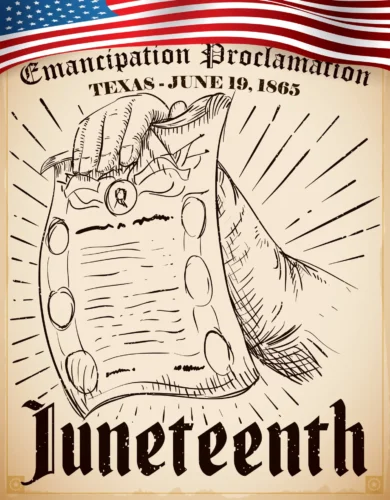Emancipation Proclamation

Table of Contents
Emancipation Proclamation Overview
The Emancipation Proclamation was a pivotal executive order issued by President Abraham Lincoln during the American Civil War. It was announced on January 1, 1863, and its primary purpose was to declare the freedom of all enslaved individuals in Confederate-held territory.
While it did not immediately free all enslaved people, the Emancipation Proclamation was a crucial step toward the abolition of slavery and had significant implications for the war’s trajectory and the broader struggle for civil rights.
Emancipation Proclamation History
The Emancipation Proclamation was issued by President Abraham Lincoln on January 1, 1863, during the American Civil War.
The primary purpose of the Emancipation Proclamation was to declare all slaves in Confederate-held territory to be “forever free.”
The Emancipation Proclamation did not immediately free all slaves; it applied only to states in rebellion against the Union, exempting slaveholding border states that remained loyal.
The Emancipation Proclamation had a profound impact on the Civil War by transforming the conflict into a moral struggle against slavery, influencing European powers’ opinions, and diminishing the Confederacy’s ability to seek foreign support.
President Lincoln justified the Emancipation Proclamation as a war measure, arguing that it weakened the Confederate war effort by undermining the institution of slavery, which was integral to the Southern economy.
The Emancipation Proclamation did not immediately grant full civil rights to freed slaves. Still, it paved the way for subsequent measures, such as the 13th Amendment to the Constitution, which abolished slavery nationwide.
The 13th Amendment was ratified on December 6, 1865, formally ending slavery in the United States.
Critics of the Emancipation Proclamation argued that it was a symbolic gesture with limited immediate impact, while supporters viewed it as a crucial step toward the abolition of slavery.
The Emancipation Proclamation marked a shift in the Union’s war goals, aligning them more closely with the abolition of slavery and the promotion of freedom.
The Emancipation Proclamation is considered one of the most significant executive orders in American history, signaling a turning point in the nation’s commitment to ending slavery and promoting equality.
Related Links
Abolitionism
Bill of Rights
Seneca Falls Convention
Suffrage Movement